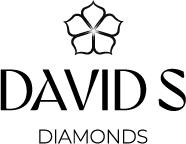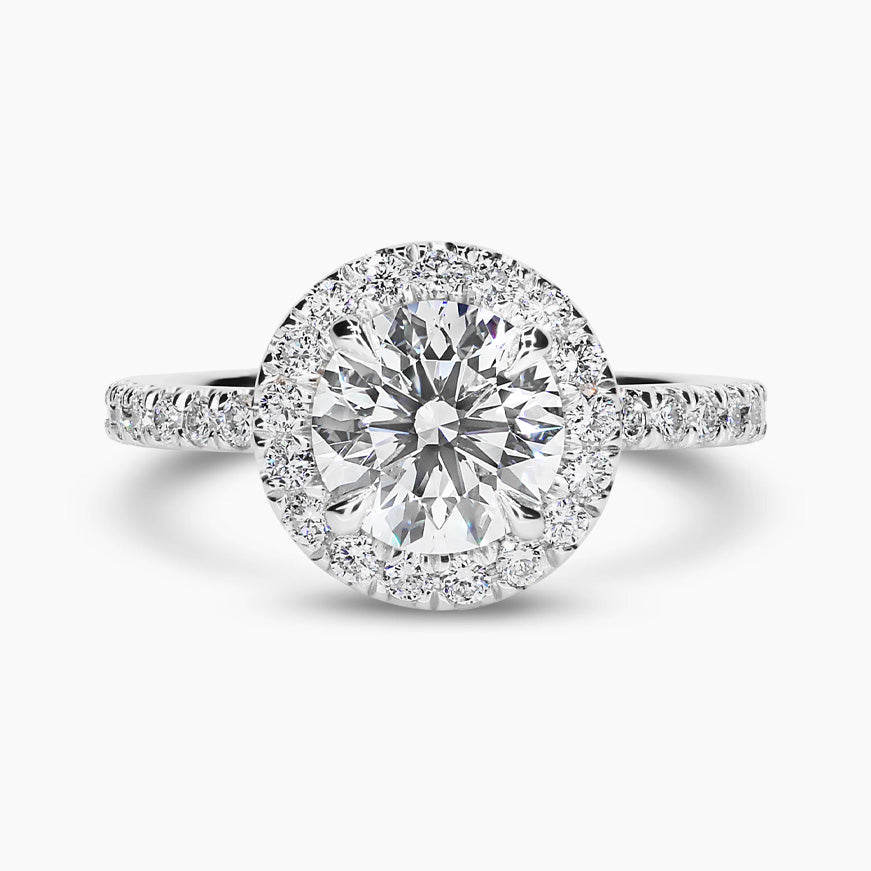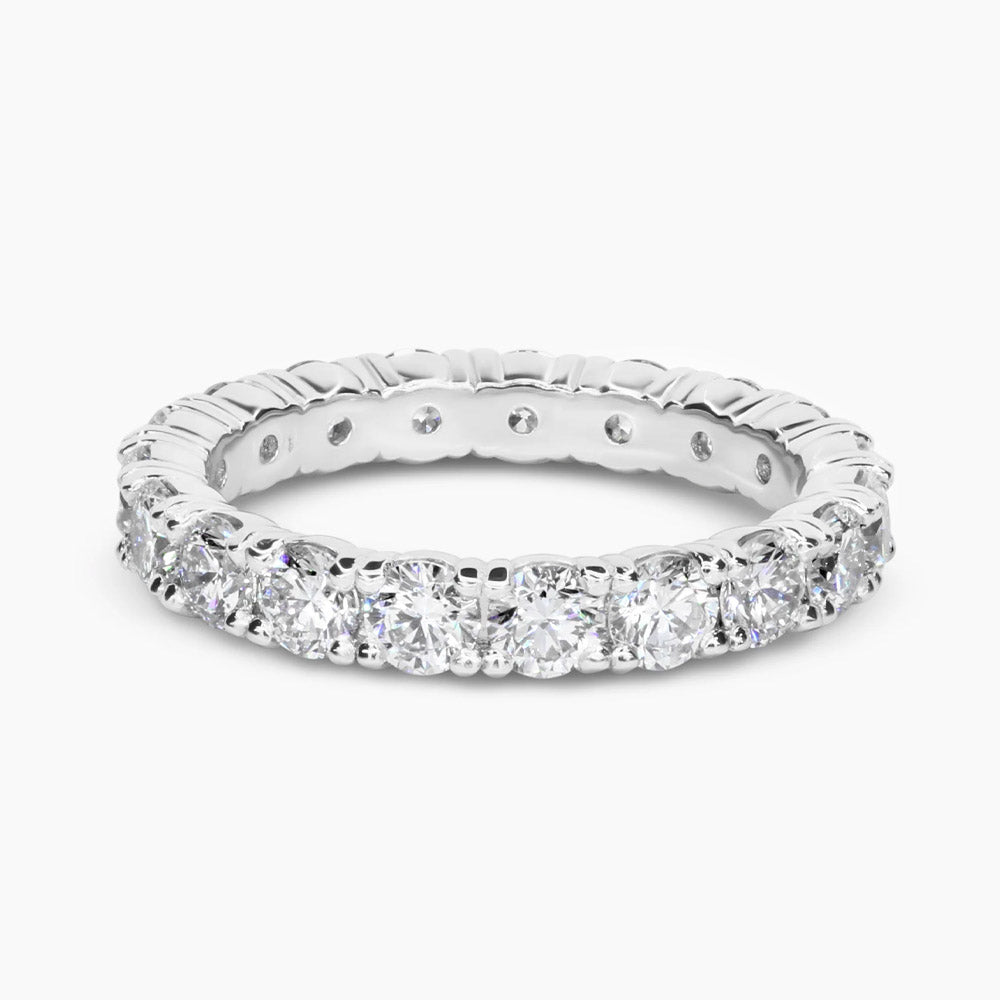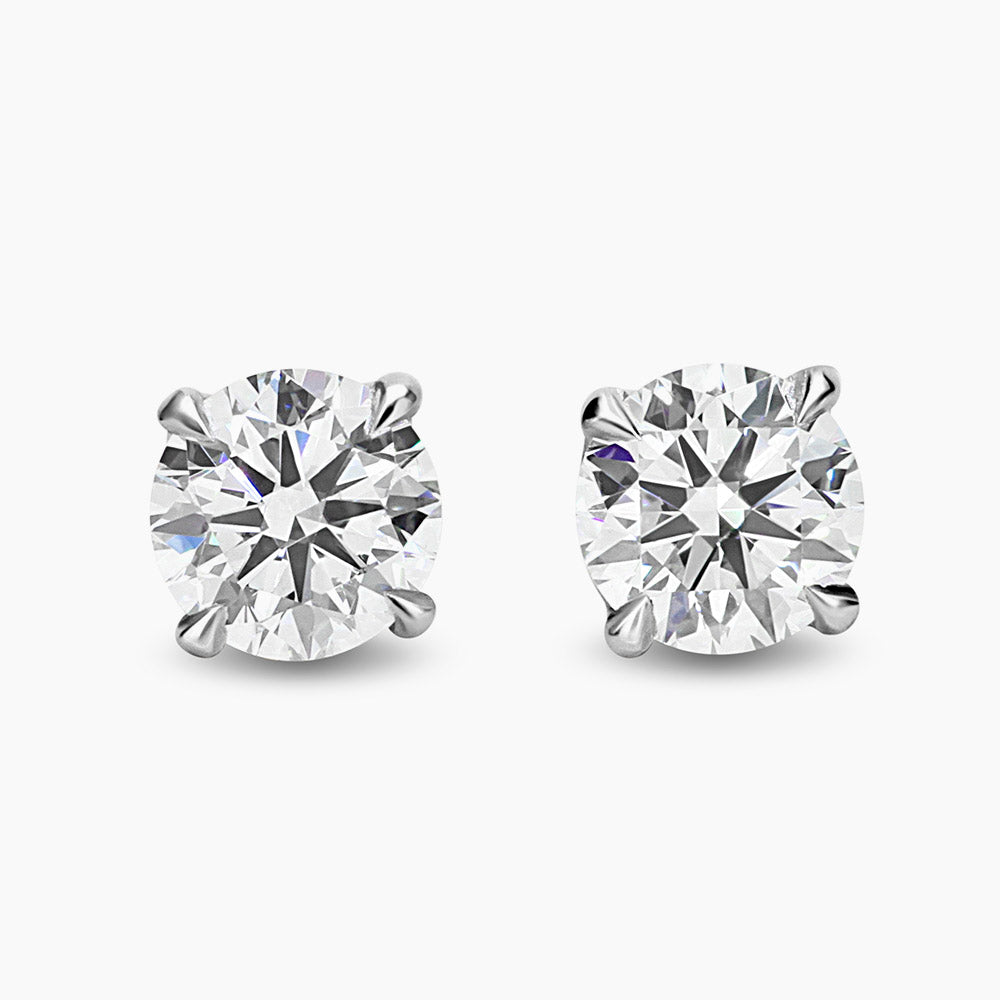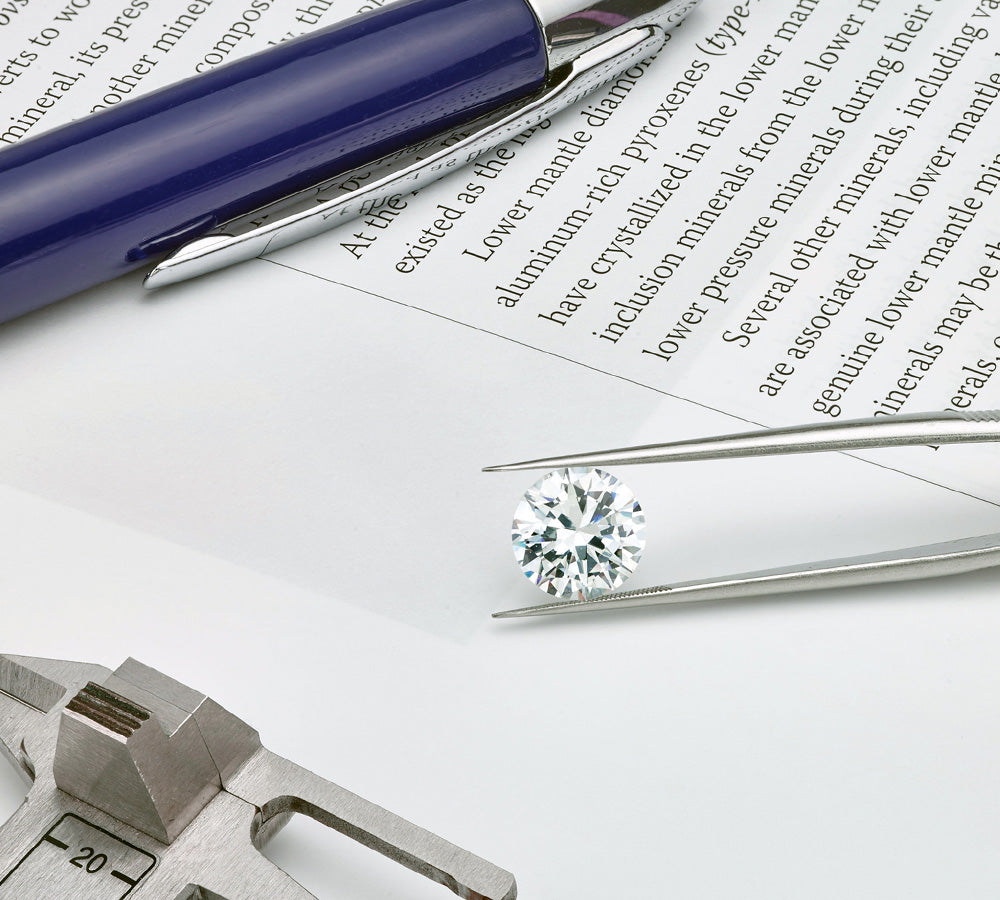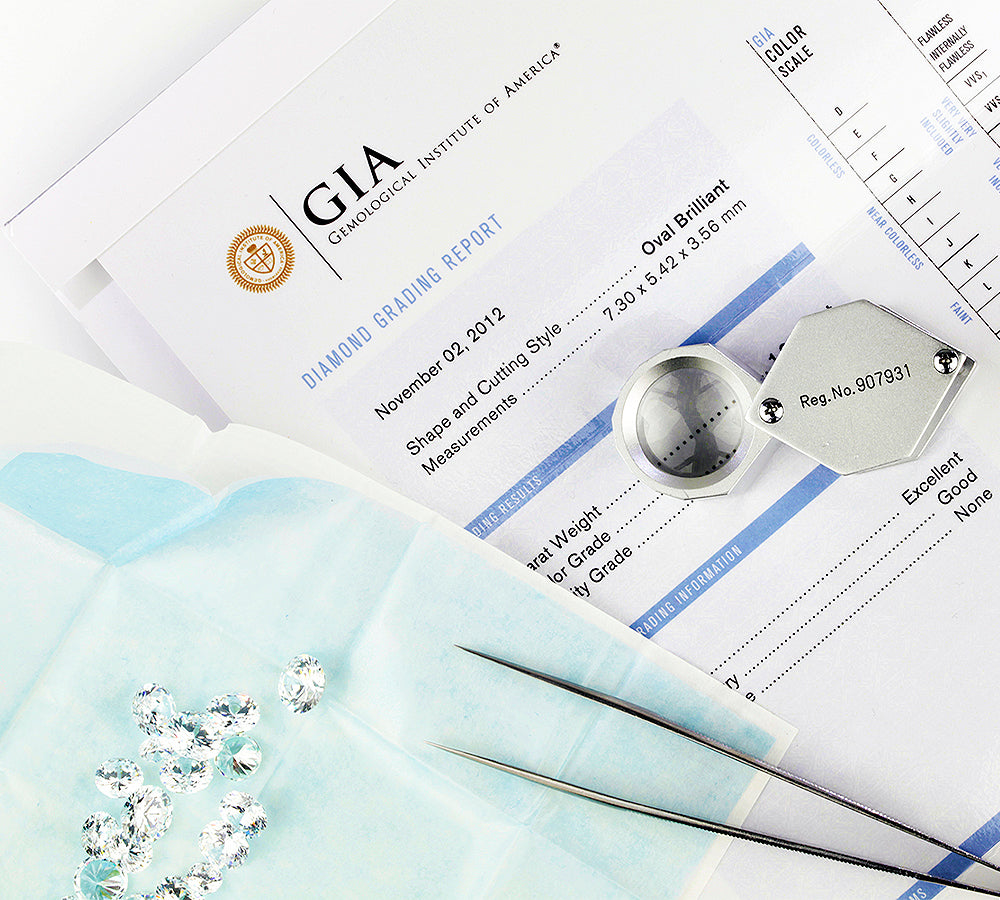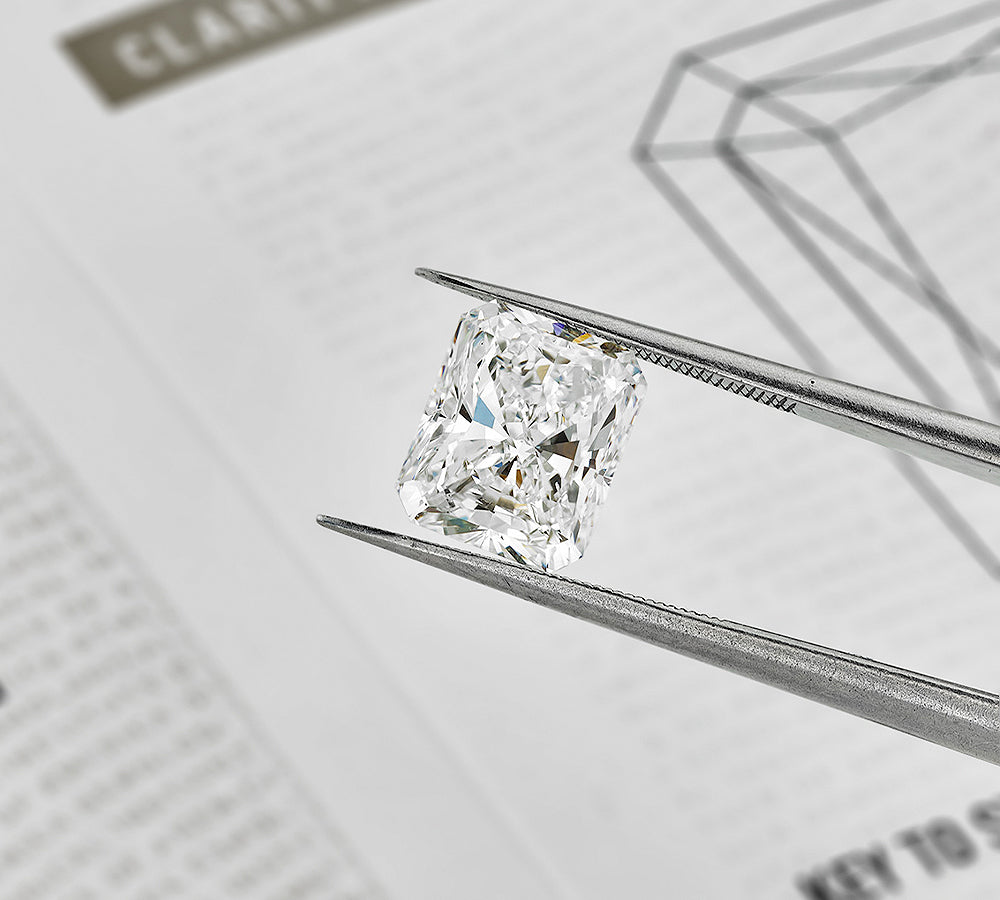Introduction to the Rapaport List
What is the Rapaport list?
In the early 1980s, speculation in the market caused the creation of dubious certification offices and unreliable price lists for diamonds. Prices at that time changed daily and an accurate industry-standard price list was urgently needed.
Eventually, after the period of speculation ended, many certificate laboratories and price lists disappeared. Laboratories that did survive included the GIA, HRD, IGI, EGL, and the Chambre de Commerce in Paris. As for price lists, the Price List of Martin Rapaport survived and became recognized as the most dependable source in the industry.
Back then, New York diamond broker Martin Rapaport issued a list of wholesale round diamond prices each Friday based on GIA grading scales. He spread his lists all over the world. Once each month he also issued a price list for fancy cuts.
His success was due to his efficient organizational skills and to his sources of information which accurately portrayed the situation in the international diamond market. Since then, the Rapaport has developed into an international computer information network for diamonds and grown to become the most reliable resource on diamond price listings.
What does the Rapaport List do?
The Rapaport Price List is used by both dealers and buyers as an approximate guideline for evaluating diamond prices. It is basically Rapaport’s opinion of high cash asking prices for diamonds. These prices reflect market consensus clearing prices at which most dealers are willing to sell. Although the prices on the list are often higher than the actual selling prices of dealers, these serve as a good starting point for negotiations.
Which Diamonds does the Rapaport refer to?
The Rapaport Price List reports the values of well-cut and accurately graded diamonds that are commonly sold and traded in the marketplace. To identify the diamonds, GIA grading standards are used for all clarities except SI3.
How do I read the Rapaport?
When purchasing a diamond at a retail shop, the price that you’ll be offered is in most cases a percentage based on the Rapaport price. In some cases you’ll receive a price 5% less than Rapaport or an even bigger discount, in other cases you’ll get the full price or even a higher price than the list. The offered percentage varies between each diamond seller, depending on market conditions and the current risk of owning diamond inventory. Generally, if diamonds are in scarce supply, they are easier to sell and the discount percentage drops. If the worldwide supply of diamonds is abundant, and they become harder to sell, the discount percentage rises. Also diamonds with certain size-quality combinations may be rarer and in greater demand, causing their discount percentage to be lower.
Are the prices on the Rapaport list always correct for each diamond?
The Rapaport list is a great base to begin from and a vital resource in any diamond search. However, the Rapaport list does not take into account each individual buyer’s tastes. Realistically, each stone must be evaluated by an expert to determine its true value. Make sure to really learn about the diamond you’re buying, especially how well it is cut, rather than just buying based on the amount of discount you’ll get off the Rapaport. Even with the Rapaport, you should still always have an appraiser look at your purchase.
How do I read the Rapaport?
The Rapaport lists diamonds based on three main factors, carat weight, clarity, and color. Diamonds are first separated into grid tables based on carat weight. In these grid tables, Color Grades are listed from D to M in rows, and columns list each Clarity Grade. Each diamond receives prices of $100's per carat based on its position on the grid.
When trying to determine the price of a diamond, follow these steps.
1) obtain the latest Rapaport list (ask your retailer for a copy)
2) find the table that corresponds to the diamond’s carat weight
3) cross-match the diamond’s clarity and color on that table to find the diamond’s Rapaport value
4) Multiply that value by 100 and by the carat weight of the diamond.
(value X 100 X carat weight)
Does the Rapaport account for factors such as cut and fluorescence?
Yes, the Rapaport List takes into account and differentiates between the cut-qualities of each diamond. It classifies them into different sets of specifications (Spec A, B, C) based on factors such as: depth %, table %, girdle, culet, polish, symmetry, fluorescence, and other minor factors. Often, “excellent” and “ideal” cut stones found in the Spec A category are listed at prices 10-15% higher than well-cut stones. Whereas, poorly cut stones are often listed at prices 10-40% less than well-cut stones.
Rapaport also takes fluorescence into consideration when pricing. The general rule is that the higher the quality and price per carat of a diamond, the greater a diamond’s strong fluorescence lowers its value.
Is there any more information on the Rapaport I should know about?
Subscribers to the Rapaport Diamond Report receive monthly updates on fancy shape prices and weekly updates on round prices. In the report, price falls for diamonds are printed in bold italics and price rises are printed in bold.
Rapaport also offers other diamond information services at www.rapaport.com for professionals and true diamond enthusiasts. For instance, the Rapaport Tradewire offers information about important occurrences in the diamond industry and explanations for international price shifts.
How does David S Diamonds use the Rapaport list?
David S Diamond’s prices are usually discounted attractively below Rapaport prices. You’ll see this generous pricing reflected in David S Diamond’s Diamond Inventory. More importantly, David S Diamonds ensures that its diamonds are well-cut, so you can know for certain that you’re getting what you paid for.

